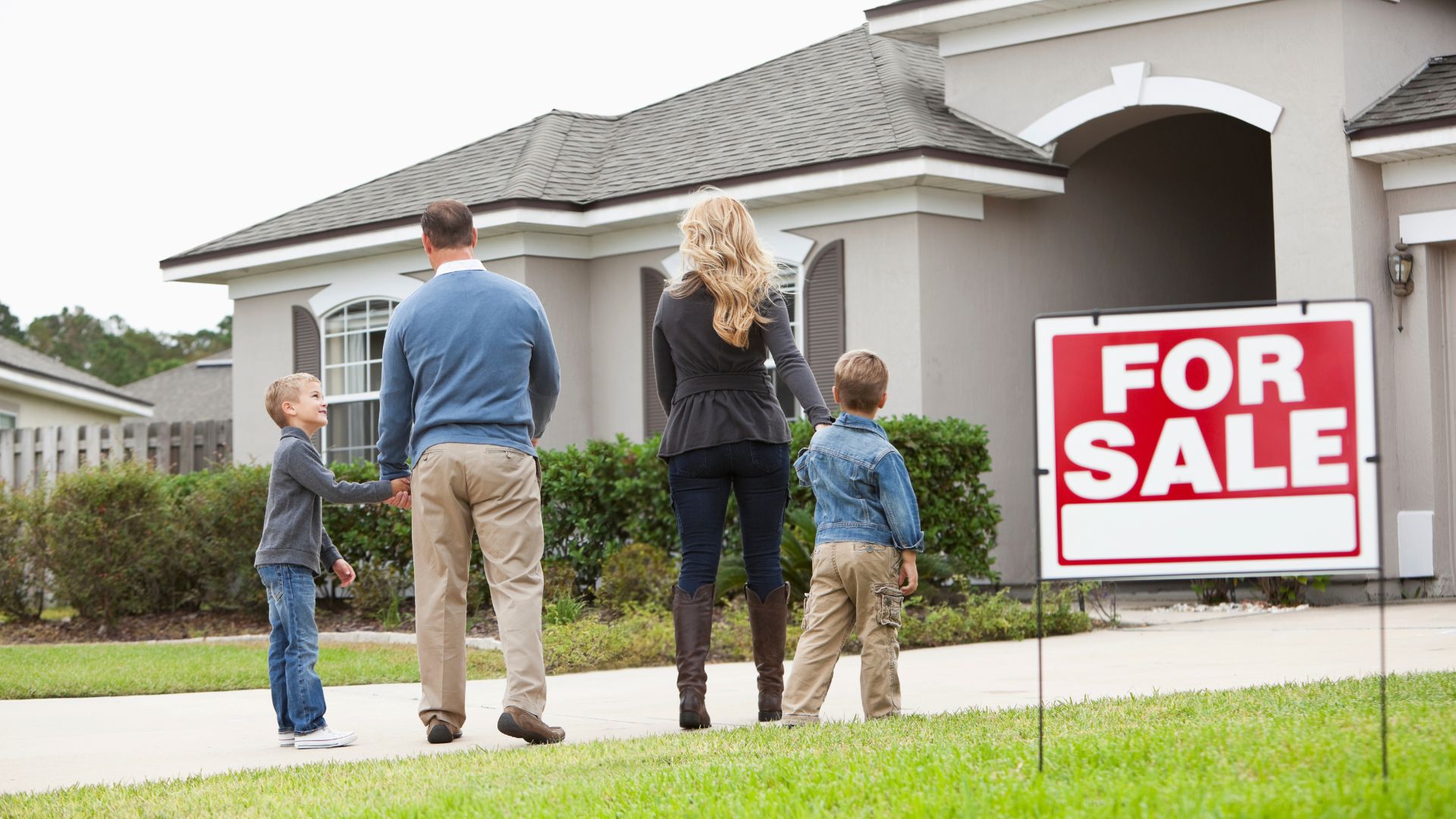Roof installation is a crucial part of home construction and maintenance. A well-installed roof protects your home and enhances its value and appearance. However, even experienced contractors can make mistakes that lead to costly repairs and potential damage. In this blog, we’ll explore common roof installation mistakes and how to avoid them for a durable, long-lasting roof.

Ignoring Building Codes and Regulations
Failure to comply with local building codes and regulations during roof installation can lead to significant legal and financial consequences. These codes are in place to ensure the safety, durability, and performance of the roof. Ignoring them can result in fines, forced removal or reinstallation of the roof, and potential issues with insurance coverage.
How to Avoid It: Always check the local building codes and regulations before starting any roofing project. Ensure that your roofing contractor is familiar with these codes and follows them meticulously throughout the installation process. Obtaining the necessary permits and passing inspections are also crucial steps in ensuring your roof meets all legal requirements.
Poor Attic Ventilation
One of the most overlooked aspects of roof installation is proper attic ventilation. Without adequate ventilation, heat and moisture can build up in the attic, leading to a range of problems, including mold growth, warped decking, and premature aging of shingles.
How to Avoid It: Ensure that your roofing contractor installs a balanced ventilation system that includes both intake vents (usually located under the eaves) and exhaust vents (often ridge vents). This system allows for a continuous flow of air, keeping the attic space cool and dry.
Incorrect Shingle Alignment
Misaligned shingles not only look unsightly but can also lead to leaks and other issues. Proper alignment ensures that water flows off the roof as intended, preventing it from seeping under the shingles.
How to Avoid It: Take the time to measure and mark guidelines on the roof before installing shingles. Start from the bottom edge and work your way up, using a chalk line to keep rows straight. Regularly check the alignment as you progress to catch any potential errors early.
Inadequate Flashing Installation
Flashing is used to seal and protect areas of the roof where the shingles meet walls, chimneys, or other structures. Improperly installed flashing can cause water to seep into the roof, leading to leaks and structural damage.
How to Avoid It: Ensure that flashing is installed correctly around all roof penetrations. Use high-quality materials and double-check that the flashing is securely fastened and sealed. Pay special attention to areas like valleys, chimneys, and skylights, where water is most likely to collect.
Using Low-Quality Materials
Cutting costs by using low-quality roofing materials might save money upfront, but it can lead to problems down the road. Inferior materials are more likely to fail, resulting in frequent repairs and a shorter lifespan for your roof.
How to Avoid It: Invest in high-quality materials that are suited to your climate and the specific needs of your home. Choose shingles, underlayment, and flashing that come with strong warranties and are manufactured by reputable companies.
Failing to Install Drip Edge
The drip edge is a metal flashing installed at the edges of the roof to direct water away from the fascia and into the gutters. Skipping this step can lead to water damage on the roof deck and fascia boards.
How to Avoid It: Make sure that a drip edge is installed along all edges of the roof, including the eaves and rakes. This small addition can significantly extend the life of your roof by preventing water damage.
Overlooking Roof Slope Requirements
Different roofing materials have specific slope requirements. Installing a roofing material on a slope that is too low or too steep can result in poor performance and potential failure.
How to Avoid It: Consult the manufacturer’s guidelines for the roofing material you’re using to ensure it’s appropriate for the slope of your roof. If necessary, adjust the roof pitch or choose a different material that suits the existing slope.
Neglecting Regular Maintenance
Even a perfectly installed roof will not last if it’s not properly maintained. Failing to clean gutters, inspect for damage, and perform routine maintenance can shorten the life of your roof.
How to Avoid It: Schedule regular roof inspections, especially after severe weather. Keep gutters clean and free of debris, and address any issues as soon as they arise to prevent minor problems from becoming major repairs.
Conclusion
Avoiding these common roofing installation mistakes can save you time, money, and stress in the long run. Whether you’re a homeowner overseeing a roofing project or a contractor looking to improve your craftsmanship, attention to detail and adherence to best practices are key to a successful roof installation. By ensuring proper ventilation, using quality materials, and following manufacturer guidelines, you can enjoy a durable, long-lasting roof that protects your home for years to come.






